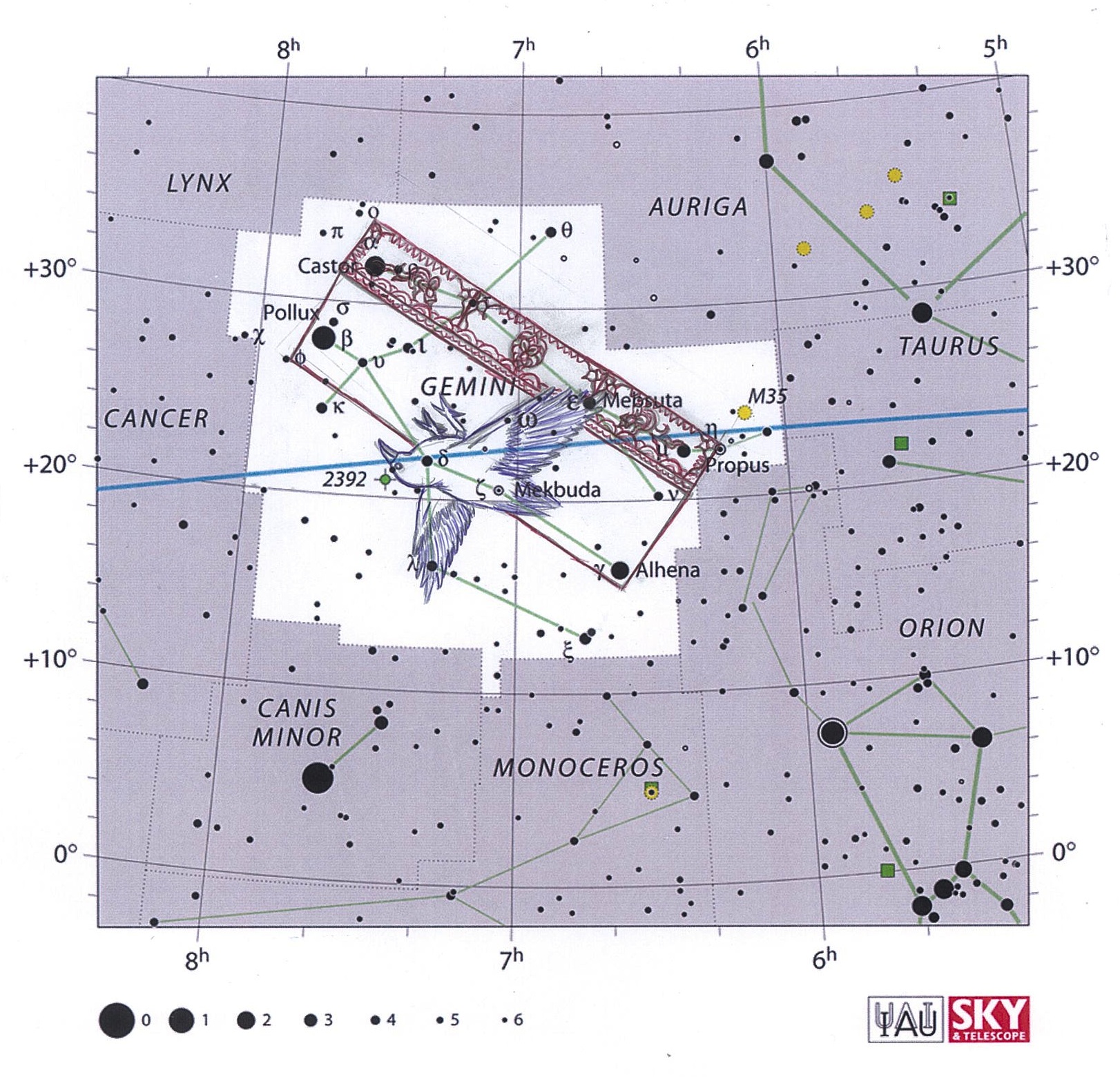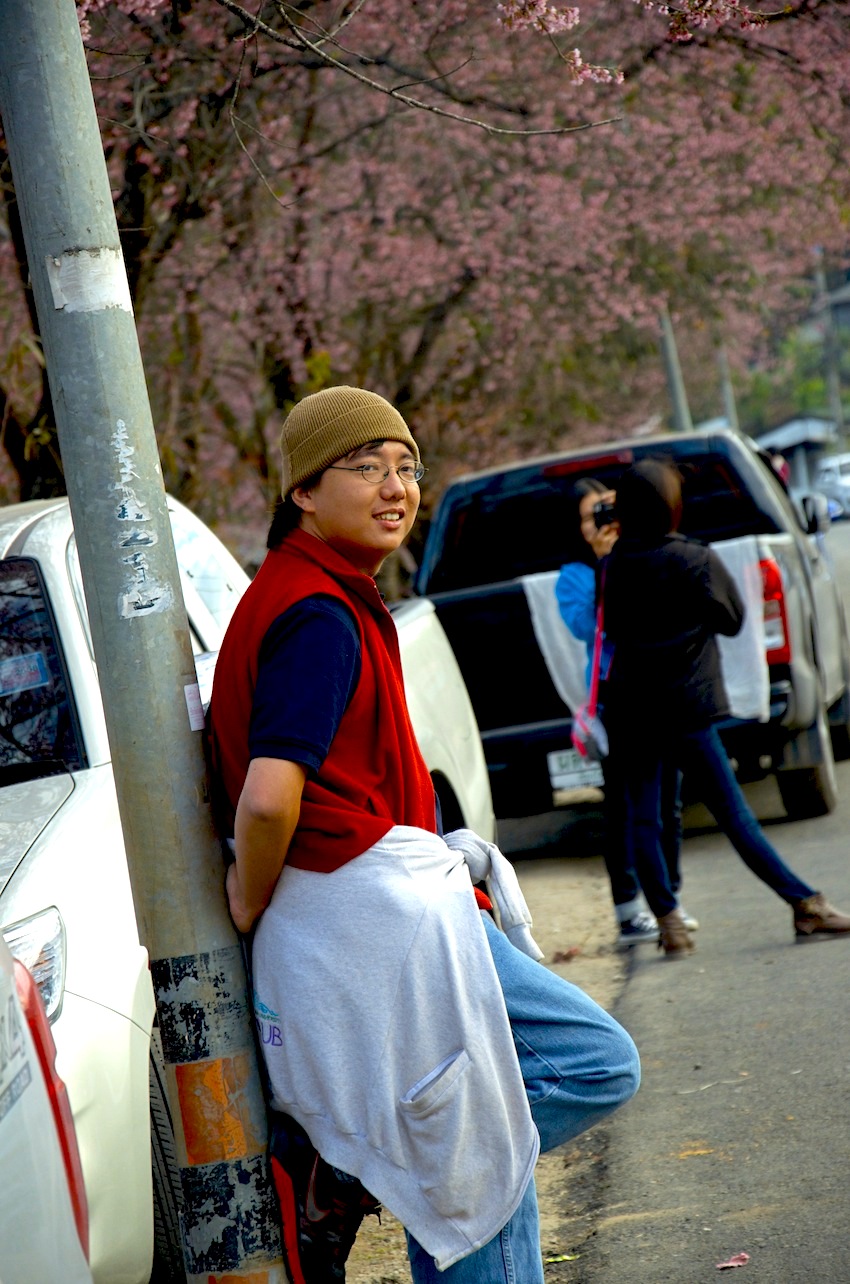Pisit Nitiyanant
Since I was young, I have interested about how to imagine constellations and asterisms in the night sky but in many star guide books in Thailand at that time had only western constellations. So, I doubted about traditional asterisms of my motherland but just few traditional asterisms in Thailand were depicted.
Lacking of Thai traditional asterisms’ depiction in 1990s has become better after the first edition of “Tai Baan Doo Dao” Thai language book by Miss.Nipatporn Pengkaew in 2000. Content of this book is about traditional asterisms in many regions of Thailand from interviewed knowledgeable elder people in each region by writer but majority of Thai traditional asterisms’ depiction in this book were display in stick figures.
Due to drawing is the one of my hobbies, I have drawn Thai traditional asterisms since January 2015 for improve my drawing skill and support my stargazing guide to Thai students by using “Tai Baan Doo Dao” book and some other Thai language star guide books.
From purpose of my drawing, I draw it when I have free time from my main work. I upload these depictions in my facebook and still ongoing.
These are three examples of my Thai traditional asterisms’ drawing
Orion

Thai people in the past saw Orion constellation as 2 asterisms “A turtle carries a plough on its back”
- “Dao Tao” (Turtle star): Betelguese, Bellatrix, Saiph and Rigel are legs of turtle, while turtle’s head is consist of Lambda Ori & Phi Ori. This asterism was depicted with red line in left image.
- “Dao Tai” (Plough star): Alnitak, Alnilam, Mintaka & Orion Nebula are assemble as a plough, a tool for prepare soil to farming and traditionally drawn by buffalo. This Thai asterism was depicted with blue line in left & right image and also similar to Indonesian version of plough star “Bintang Waluku”
“Dao Tao” & “Dao Tai” are well-known traditional asterism in Thailand.
Gemini

Gemini was seen as 2 traditional asterisms as “A crow catch coffin”
- “Dao Loong” (Coffin star): Four brightest stars of Gemini (Pollux, Castor, Alhena & Tejat Posterior) are form rectangular-shape coffin. This asterism was depicted with red line.
- “Dao Ka” (Crow star): Delta Gem, Zeta Gem (Mekbuda), Lambda Gem & Epsilon Gem (Mebsuta) are form the crow. This asterism was depicted with blue line.
Eastern part of Winter hexagon

Thai people in the past saw eastern part of winter hexagon as Siamese junk (“Siam” is former name of Thailand)
- “Dao Sam Pao” (Junk star): Castor, Pollux, Procyon & Sirius are form junk’s base, while “Tai Baan Doo Dao” book told that remain part of Gemini is one of sails but it's too short when I drew it.
Siamese junk is in Chinese-style junk because of Chinese have important role in international trade of Siam within Asia (especially Siam-China trading in 14-19th century)
It’s easy to imagine junk’s base when this asterism is rising due to Thailand locate in low latitude (latitude of Bangkok ~14°N). I think “Dao Sam Pao” is the largest of Thai traditional asterisms.
###
 Pisit Nitiyanant was born and grew in Thonburi, western part of Bangkok. When he was young child, his family always brings him to Bangkok planetarium frequently and due to often astronomy event in 1990s (1994 Shoemaker-Levy 9 comets, 1995 total solar eclipse, 1996 Hyakutake comet, 1997 Hale-Bopp comet & total lunar eclipse, 1998 Leonids meteor showers). He become to interest in astronomy.
Pisit Nitiyanant was born and grew in Thonburi, western part of Bangkok. When he was young child, his family always brings him to Bangkok planetarium frequently and due to often astronomy event in 1990s (1994 Shoemaker-Levy 9 comets, 1995 total solar eclipse, 1996 Hyakutake comet, 1997 Hale-Bopp comet & total lunar eclipse, 1998 Leonids meteor showers). He become to interest in astronomy.
After finished his bachelor degree from Chiang Mai University in 2012 in Physics with minor geology. He works as astronomical public outreach officer of National Astronomical Research Institute of Thailand (NARIT) since May 2013. His main target is providing the basis knowledge in the field of planetary geology and planetary science-related fields for next generation. He also interest about historical astronomy, the field that astronomy meet with history & culture.







